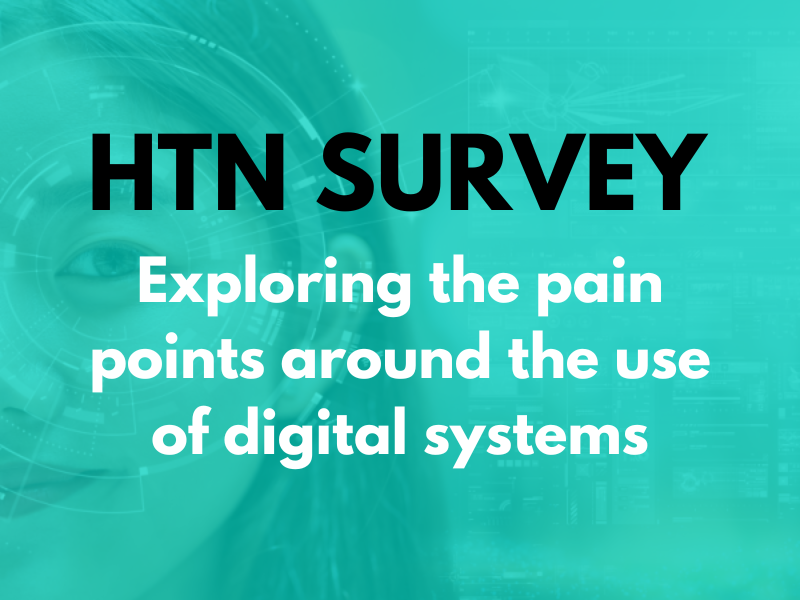The Association of Ambulance Chief Executives (AACE) has issued a position paper offering strategic input ahead of the 2025/26 ambulance commissioning review, recognising this as a “pivotal opportunity to resolve longstanding commissioning barriers to optimal patient care delivery”, and highlighting current state lack of integration and use of digital systems.
Identifying three barriers to effective service delivery: structural and governance inefficiencies; limiting financial frameworks; and system integration constraints; AACE recommends adopting a multi-tiered commissioning framework with a “robust structure”, with a regional commissioning model for ambulance services. It splits this out to national level, with the establishment of core service specifications and outcome frameworks; regional level, with the implementation of “strategic, multi-year commissioning for capital and revenue, with delegated authority”; and local level, covering the enabling of pathway integration responsive to population needs and neighbourhood services, with “collaborative commissioning of whole pathways of care wherever possible”.
The association notes that the future commissioning model for ambulances should work to enable and accelerate the three fundamental shifts outlined by the Darzi Review, looking at the potential for ambulance interactions to be utilised in community settings to help identify population health needs and implement preventative interventions, and opportunities to resolve more episodes of care in community settings through advanced practice models and integration.
For the shift from analogue to digital in particular, AACE’s assessment of current state highlights the limited integration and use of digital infrastructure and information systems to support integration. It details opportunities for systems supporting real-time data sharing and decision-making across systems, virtual care delivery, and integrated use of data for service development. For commissioning, this means facilitating “targeted investment in digital transformation with cross-system benefit”, it states, “taking a consistent approach across the sector”.
Current commissioning arrangements, led by a single ICB for regional services covering multiple systems, “present barriers that impede the ambulance sector’s ability to deliver optimal and equitable patient care and fulfil its potential within integrated health systems”, according to the paper. These barriers present challenges including fragmented commissioning governance, resource constraints, short-term financial horizons, and absence of transformation funding.
At a system integration and transformation level, challenges also cover strategic misalignment, the association continues, along with data-sharing limitations which make sharing patient information across organisational boundaries difficult, and impede coordinated care delivery, outcome measurements, and planning for population health.
Digital transformation across ambulance services
South East Coast Ambulance Service NHS Foundation Trust (SECAmb) has published its trust strategy for 2024 – 2029, setting out the planned service model, which places focus on “fast and accurate” triage underpinned by artificial intelligence tools to ensure rapid and consistent identification of patients in need of a speedy response. Digital solutions are to optimise the deployment of ambulances and ensure faster dispatch of resources, and SECAmb also plans to utilise virtual care for patients in a non-emergency condition. This will see patients receive a video or audio assessment before referral onto the most appropriate care provider.
SECAmb also recently launched a market engagement exercise for a patient safety and risk digital management platform to “better understand the systems available and their differing abilities”. The ambulance service aims for the exercise to support the development of their “needs and wants” on whether one system can deliver the required functionality. However, the notices outlines the platform must be able to meet a wide range of criteria, including reporting capabilities with real-time updates, multiple risk registers, legal management, data export functions, local dashboards, document repositories, and the ability to link records.
A hardware, cellular and satellite services package designed to deliver “fast, resilient connectivity” for ambulance crews has been installed at The Princess Alexandra Hospital NHS Trust along with hospitals in Peterborough, Luton and Colchester, following a trial at East of England Ambulance Service as part of NHS England’s Future Connectivity Wireless Innovation programme.






